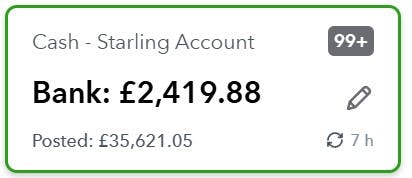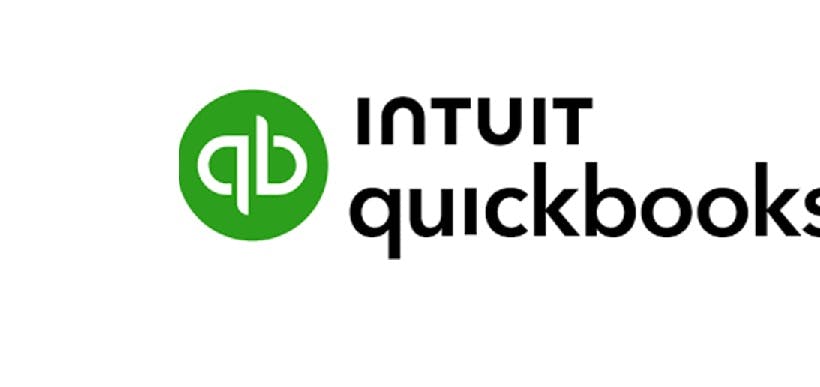It is important that for any accounting software, the bank balance as calculated by the software matches the bank balance as imported from your bank account.
This is a guide on how to review this on Quickbooks.
This can easily be checked by selecting Transactions in the menu on the lefthand side and then selecting Bank Transactions.
You will have a screen that shows you the balance and unmatched transactions on your bank account. If you have more than one account, you can switch between them by using the down arrow next to the name of the account near the top of the screen.
Underneath the name of the account you should see the balance as received from the bank and underneath that the posted balance in Quickbooks. It would look a little like this (although at the moment, Quickbooks are changing their layouts so you may have something different).

You can see here that there is a vast difference between the value received from the bank and that on Quickbooks. However, this is because there are a number of transactions which have not been reconciled. We can see here that it is telling us there are over 99 we need to deal with.
Once these have all been reconciled, hopefully these two balances will match. There are however instances when this does not happen. Quickbooks has a number of little quirks that might throw the bank balance out.
The first thing to do will be to try to identify a point at which the bank balance was correct. The screen we are on will not show this but if we click Go to bank register which is in blue on the right hand side, just above where the transactions begin, this will give us a bank statement with a running balance down the right hand side. One thing to note is that the screen isn't usually big enough, so I often click this button up the top left to remove the black bar on the left hand side.

Once you have this, you can compare the balances on Quickbooks to those on your bank statements. I tend to pick the end of a month to compare, and then based on whether that balance is correct or not, I will jump to the end of the previous or following month.
For example, if the balance at the 31st March is incorrect, I will look at the balance on 28th February. However, if it is correct, I will go to the 30th April and check that balance.
Using this method you can help to identify which month the transactions are incorrect for, and from there you can narrow it down by checking dates during the month.
Once you've found the error, you will need to rectify it. There are a large number of reasons why the bank account might not balance on Quickbooks, but I will list some of them below.
- The opening balance may not be correct. If your bank account was already opened before you added it on Quickbooks, then it might be that you either need to add an opening balance, or possibly transactions that were not automatically imported.
- Movements in and out of savings pots. Some bank accounts allow you to put money into "Pots" to save as you wish. Quickbooks imports these transactions, even though they are not genuine transactions in and out of your account. The ideal solution is to have a separate savings bank account, but in the absence of that these transactions should be excluded from Quickbooks. When you see them on the reconciliation, you can tick them and then select Exclude from the menu that comes up at the bottom. If these transctions have already been categorised, then you will need to delete them. This can be done by clicking the statement line and then delete. You will get a warning that the transaction was imported from the bank statement, but you are ok to ignore this warning.

- Payroll transactions. The way that Quickbooks defaults when you run payroll is to automatically put the payment into your bank accounts transaction list at the point it is run. This is obviously not correct, as you will likely be paying yourself on a different day, meaning these transactions are showing on the bank account as having been paid out twice. The best way around this is to create a Payroll Control account, and ensure that the payroll journal is posting to there. Then when you classify the payments to your staff, categorise it as Payroll Control. The Payroll Control account should therefore be zero, with the wages going through the bank account just once.
- Missing transactions. It may happen that a transaction is missed for some reason. You can look through your Excluded transactions to see if it was excluded by mistake, however if not then you can add the transaction in. If you select New from the top left and then either Expense or Receive Payment depending on whether the money was coming in or out, you should be able to add the transaction. Ensure that you select that it is going in or out of the correct account, and enter the correct date and it should then appear on the bank statement.
- Additional transactions that shouldn't be there. This may sometimes happen. You can simply delete them, although you will want to check whether this should have been entered to a different account and you may then be able to change it.
There are likely other reasons why the bank account might not balance, although these are the most common that we have found.



